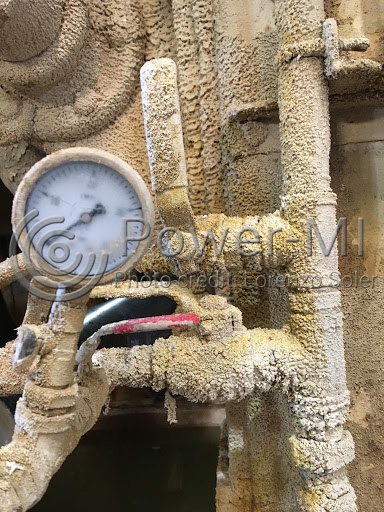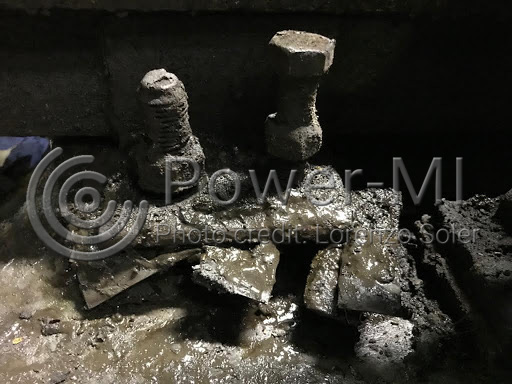Dirt is dust, stains, grease, or any other substance deposited inadvertently or deliberately. In predictive maintenance, it is of interest to monitor the dirt as it is a good sign of the cause or the condition of the origin of the material that generates the dirt.

Causes
The most common causes of dirt detectable by visual inspection are:
- Liquid leaks.
- Fat overheating.
- Wear of mechanical parts.
- Accumulation of unturned material.
- Material degradation.
Cases
Through visual inspections the most common cases of dirt that are diagnosed are:
- Liquid leaks due to damage to the pump seal or packing.
- Liquid leaks due to bad connections in pipes and valves.
- Liquid leaks due to wear of seals and gaskets in actuators.
- Spreading of oil released from bearing grease when over-lubricated and heated.
- Wear of belts (or girdles) that leave dirt under them.
- Electrical insulation with dust deposits in humid environments.
- Power transformer room with restricted access.
- Motors and equipment driven in environments with many airborne particles.
- Basements, pits, high-rise rooms with little movement of personnel or restricted access.
Diagnosis
Detection of dirt in visual inspections is by direct observation or, if safe, by removing the material to verify its existence or quantity.
Points to consider:
- When dirt is on a filter it is recommended to diagnose obstruction.
- If the cause of the dirt is obvious, select the cause as a fault. If not obvious, select dirt fault and comment on possible causes.
- It is possible to detect dirt in grease. For this, it is preferable to put the grease as an inspection point.


 cloud_download
cloud_download